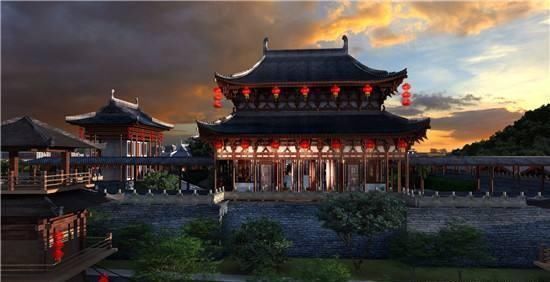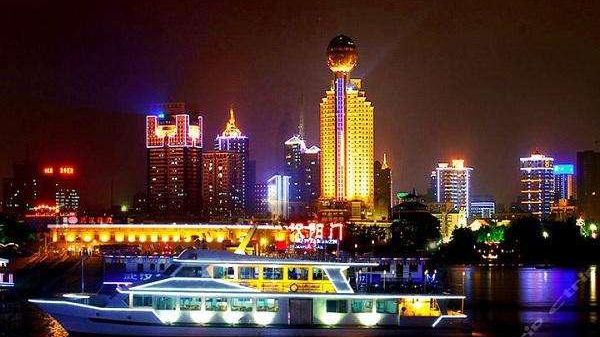Development of the Areas South of the Yangtze
3 min readDue to ecological diversity in ancient China, three major economic zones, namely the stockbreeding zone north of Jieshi, Longmen, the traditional agricultural zone in the central plains in the Yellow River basins and the areas south of the Yangtze, had taken shape as early as the Qin and Han dynasties. Different regions had their distinctive economic features and complemented each other. The central plains, including present-day Henan, Shandong and Hebei, as well as South Shanxi, North Jiangsu and North Anhui, enjoyed superior natural conditions and were developed earlier. The region is home to Chinese civilization and has long been the economic center of China. While areas south of the Yangtze, with hot and wet weather and widespread forests and wetland, saw the dominance of hunting, fishing and lumbering. In the Qin and Han dynasties, parts of the areas south of the Yangtze were preliminarily developed, while areas like Chuyue still featured vast land and a sparsely-distributed population. But the backward situation was soon changed in the Eastern Jin and Southern Dynasties, with a national economic center starting to move southward.

The Wei and Jin dynasties experienced the second freezing period in ancient China. The freezing weather, excessive reclamation and wars rapidly destroyed the agricultural environment in the Yellow River Valley. By contrast, the areas south of the Yangtze saw huge potential for economic development with better weather conditions and abundant resources.
After moving southward, the Western Jin effectively prevented the invasion of northern nomads relying on the natural moat of the Yangtze. In 383, an 800,000- soldier troop of the Di ethnic group marched southward but was defeated by the 80,000-soldier troop of the Eastern Jin, which resolutely waged a counterattack at Feishui. That prevented the areas south of the Yangtze from being invaded and offered a relatively stable environment for local economic development.

The “Rebellion of Eight Princes”in the Western Jin Dynasty and the immigration of northern nomads to inland areas led to decades of chaos in North China and large-scale migration from the central plains to southern areas. During the 170 years from the end of the Western Jin to the early Southern Dynasties, up to 900,000 people moved to the south, making up one-sixth of the total population in the south. That helped export both labor and advanced tools and production techniques to the south, offering a powerful impetus to the economic growth of theareas south of the Yangtze. Stretches of barren land were reclaimed, and many water conservancy projects were constructed. Iron plows and ox-led farming were adoptedand a crop system combining paddy rice and wheat planting were created. Craftsmenalso moved from the north to the south on a large scale, helping create a boom in the handicraft sectors like silk-weaving, iron-smelting and pottery-making and theprosperity of commerce and cities. According to The Book of Song, the southern area had become the most prosperous place in the country during the Eastern Jin and Southern dynasties. Ancient China’s economic center started to shift from the northern Yellow River Valley to the southern Yangtze River’s middle and lower reaches.








